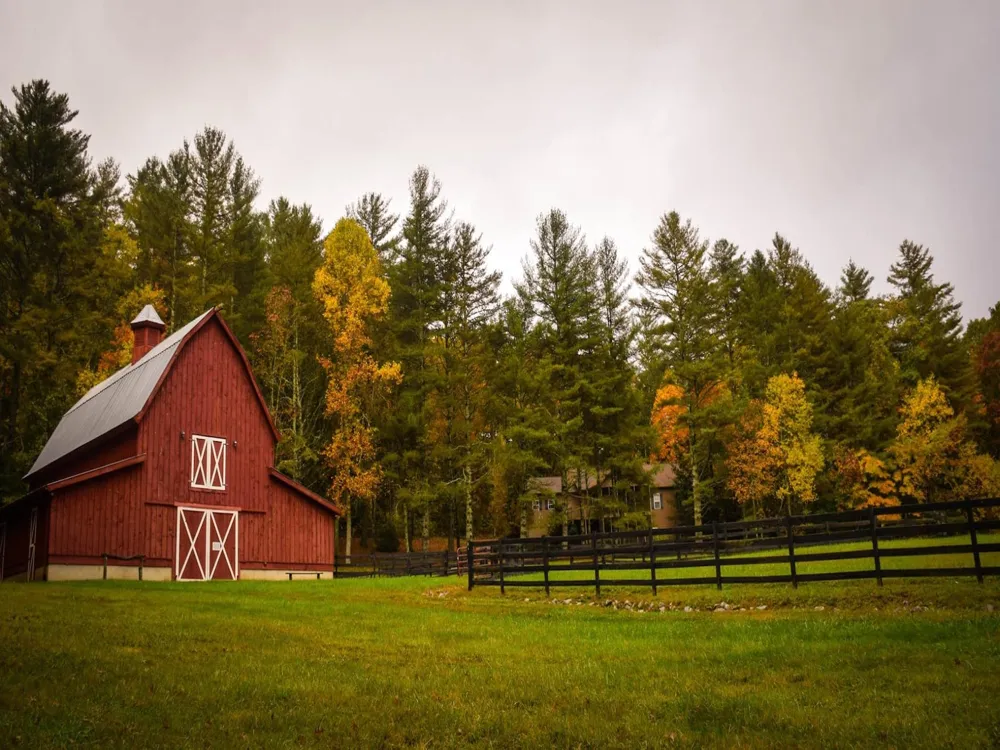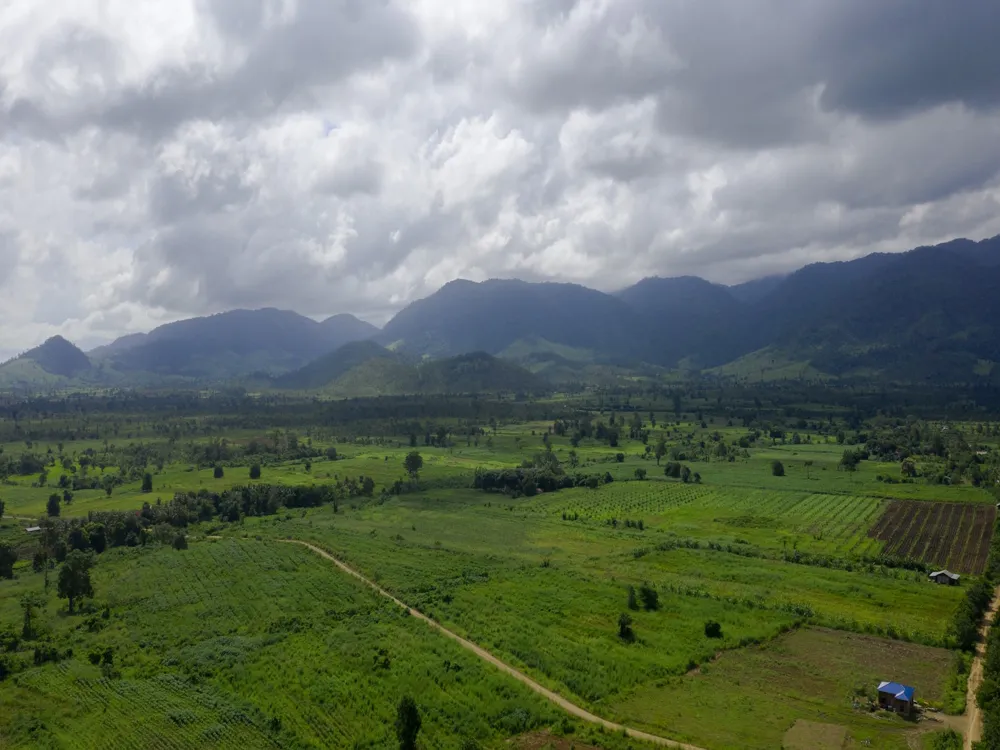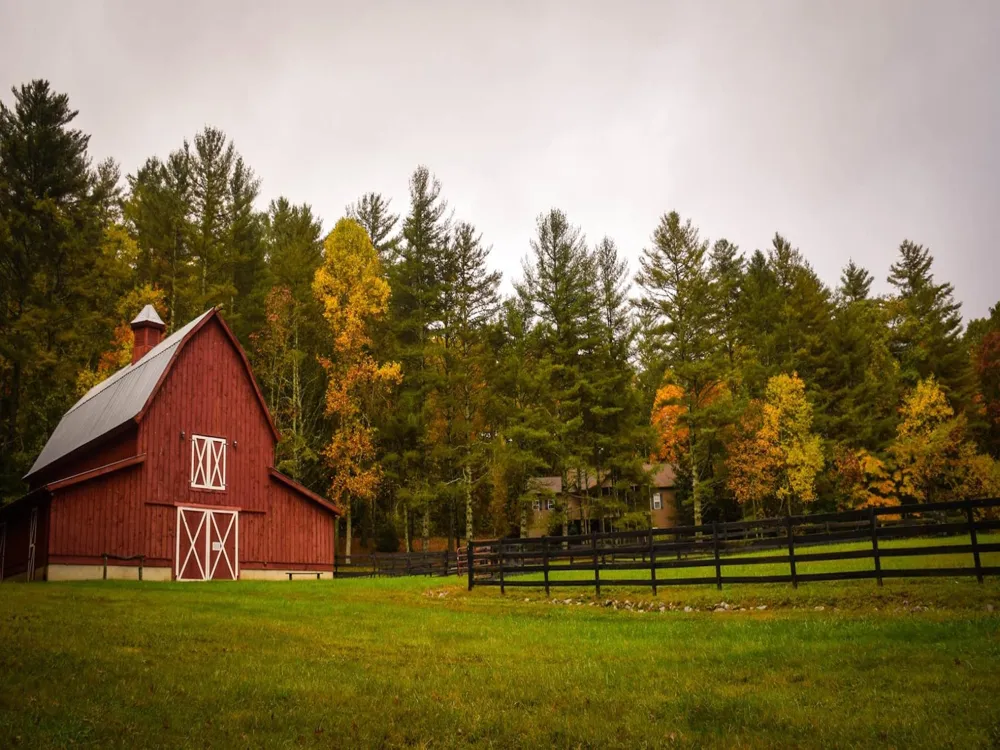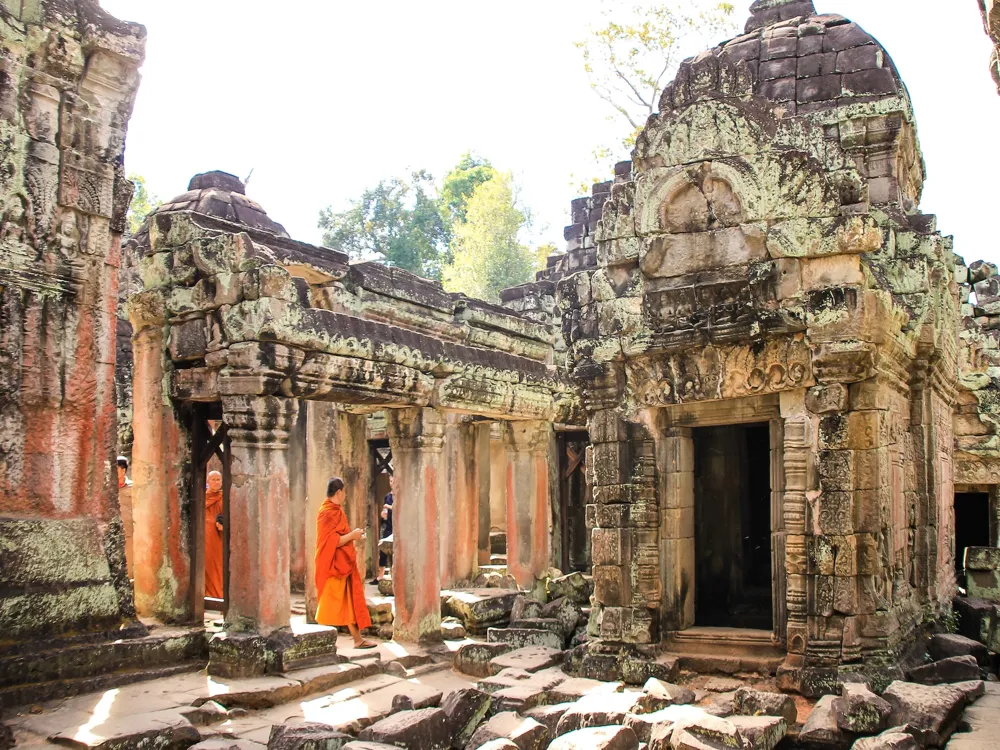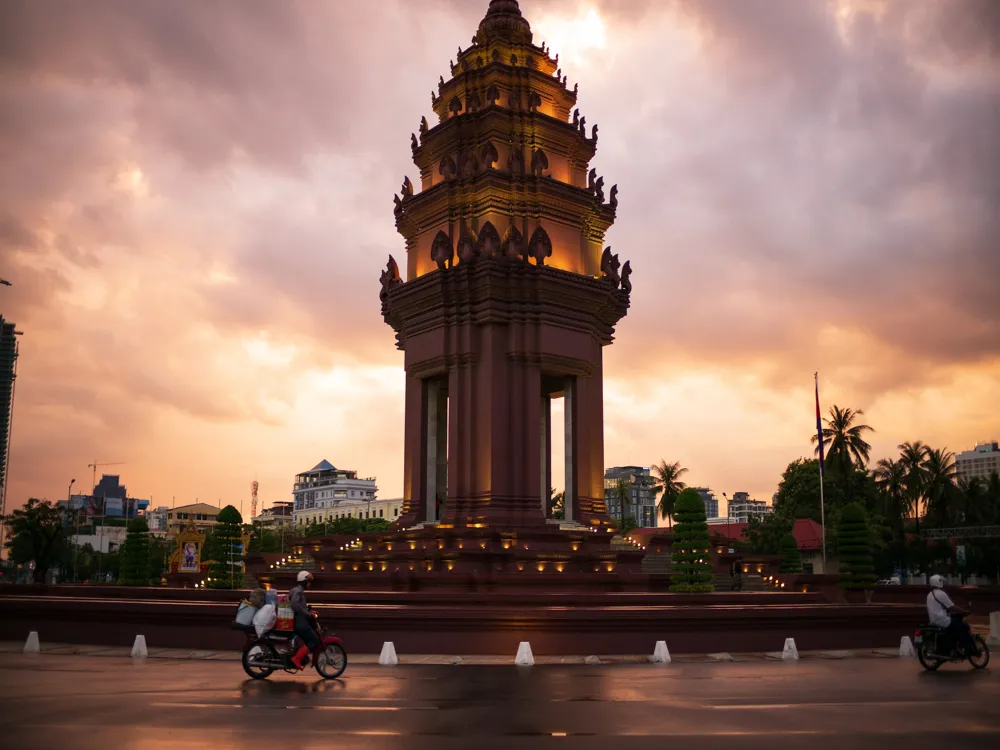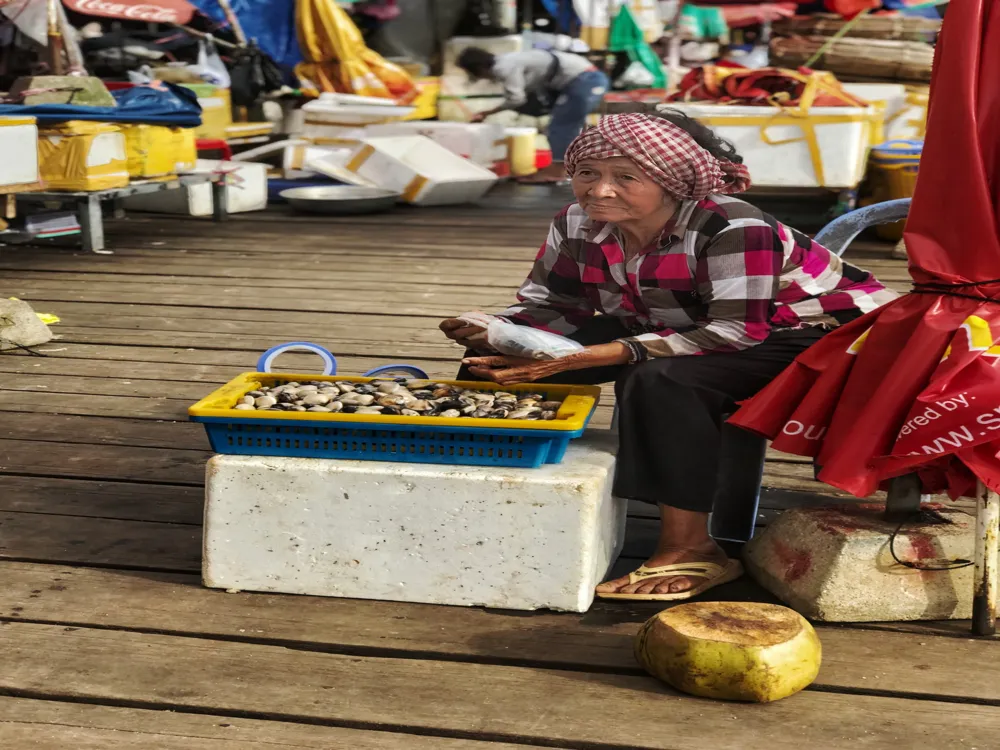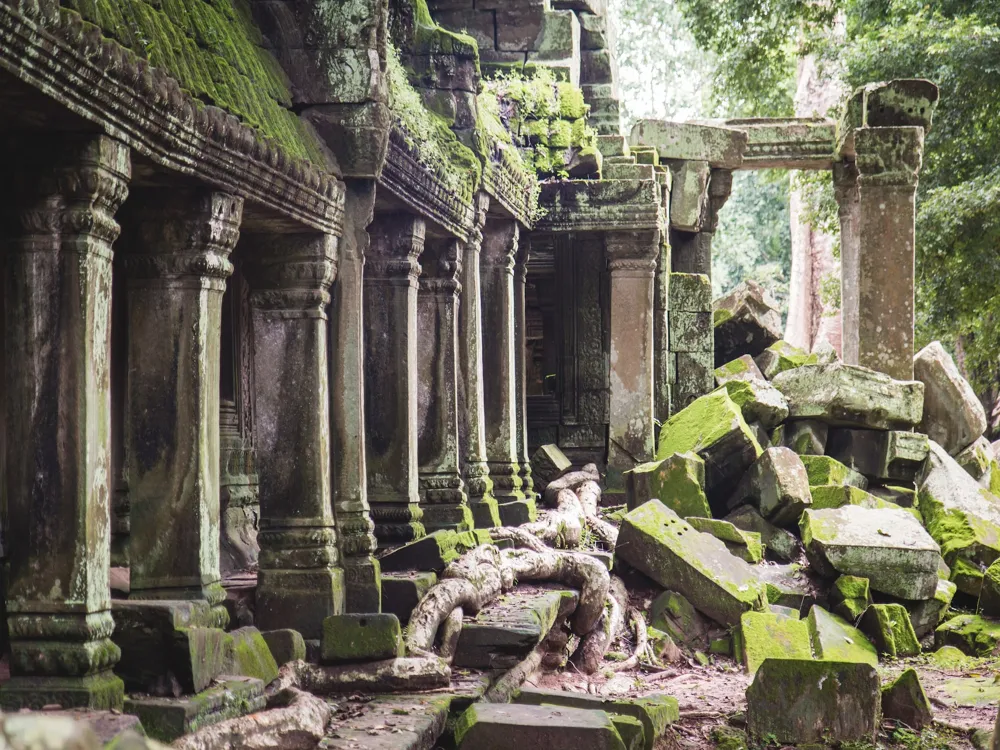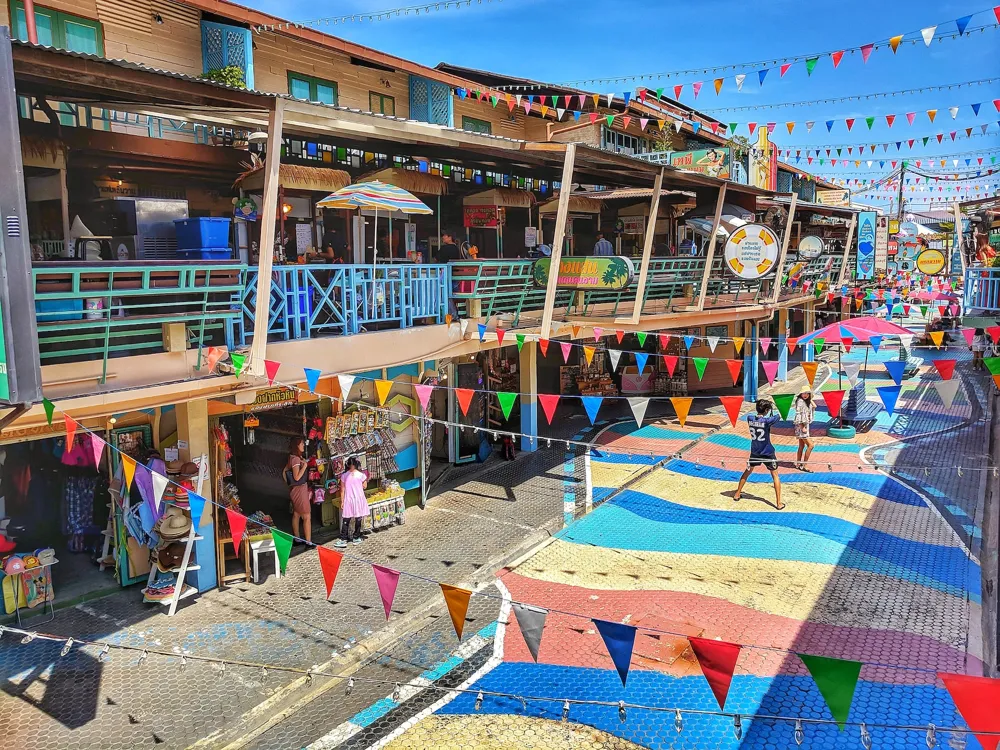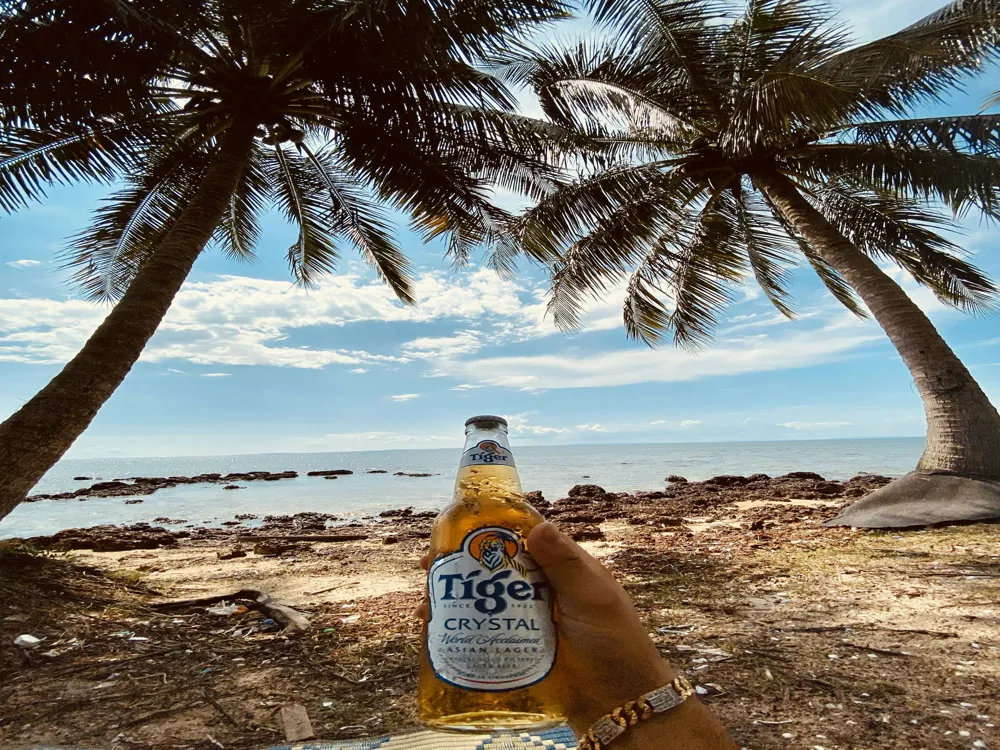Wat Banan, a serene and historically rich temple, is nestled in the heart of Battambang Province, Cambodia. This architectural gem dates back to the 11th century and is often referred to as a smaller version of the world-famous Angkor Wat. Wat Banan stands as a testament to the Angkorian period, showcasing the grandeur and spiritual depth of Khmer architecture. Perched atop a hill, it offers breathtaking views of the surrounding countryside, making it a popular destination for both history enthusiasts and nature lovers. The temple's history is intertwined with the mystical tales and legends of the ancient Khmer Empire. It was built under the reign of King Udayadityavarman II and initially served as a Hindu temple dedicated to the god Shiva. Over the centuries, Wat Banan underwent several transformations, reflecting the dynamic cultural and religious shifts in the region. Today, it stands as a symbol of Cambodia's rich heritage, attracting thousands of visitors who seek to immerse themselves in its tranquil ambiance and explore its historical significance. Wat Banan's architecture is a remarkable representation of the classic Khmer style, characterized by intricate carvings, towering spires, and majestic stone structures. The temple complex comprises five main towers, arranged in a quincunx pattern, a typical feature of Khmer temple architecture. These towers are interconnected by a series of elevated platforms, corridors, and staircases, creating a harmonious blend of grandeur and symmetry. The central tower, the tallest of the five, symbolizes the mythical Mount Meru, believed to be the center of the universe in Hindu and Buddhist cosmology. The remaining towers represent the four cardinal points, embodying the concept of a microcosmic world. The carvings and reliefs on the temple walls depict scenes from Hindu mythology, particularly the epics of Ramayana and Mahabharata, as well as various aspects of daily life in the Angkorian period. These artistic masterpieces not only exhibit the artistic prowess of the Khmer people but also offer insights into their spiritual beliefs and cultural practices. The ideal time to visit Wat Banan is during the cooler months of November to February. During this period, the weather is more temperate, making the climb to the temple and exploration more comfortable. Visitors should also consider arriving early in the morning or late in the afternoon to avoid the midday heat and to experience the temple in the softer light of sunrise or sunset. As a historical and religious site, it is important to dress modestly and respectfully when visiting Wat Banan. Covering shoulders and knees is recommended. Additionally, visitors should be mindful of the cultural and spiritual significance of the site, maintaining a quiet and respectful demeanor throughout their visit. The ascent to Wat Banan involves climbing a steep staircase of over 350 steps. Visitors should wear comfortable footwear and be cautious while climbing, especially during wet conditions. The site is not fully accessible to wheelchairs or strollers, so visitors with mobility issues should be prepared for this challenge. Wat Banan is located about 22 kilometers south of Battambang city. The journey to Wat Banan can be made by tuk-tuk, motorbike, or bicycle. Hiring a tuk-tuk for a half-day trip is a popular and convenient option, allowing visitors to also explore nearby attractions. Those seeking a more adventurous route can opt for a motorbike or bicycle ride, which offers a chance to experience the scenic countryside up close. For international travelers, the nearest major airport is in Siem Reap. From Siem Reap, visitors can travel to Battambang by bus, private car, or boat, and then proceed to Wat Banan. Regardless of the mode of transportation, the journey to this ancient temple promises an enriching experience, filled with cultural insights and scenic beauty. Read More:Overview of Wat Banan of Battambang
Architecture of Wat Banan
Tips When Visiting Wat Banan
Best Time to Visit
Respecting Local Customs
Safety and Accessibility
How To Reach Wat Banan
Wat Banan
Battambang
NaN onwards
View battambang Packages
Weather :
Tags : Temple
Timings : 8 AM to 5 PM
Time Required : 3 to 4 hours
Entry Fee : 2 USD
Planning a Trip? Ask Your Question
Battambang Travel Packages
View All Packages For Battambang
Top Hotel Collections for Battambang

Private Pool

Luxury Hotels

5-Star Hotels

Pet Friendly
Top Hotels Near Battambang
Other Top Ranking Places In Battambang
View All Places To Visit In battambang
View battambang Packages
Weather :
Tags : Temple
Timings : 8 AM to 5 PM
Time Required : 3 to 4 hours
Entry Fee : 2 USD
Planning a Trip? Ask Your Question
Battambang Travel Packages
View All Packages For Battambang
Top Hotel Collections for Battambang

Private Pool

Luxury Hotels

5-Star Hotels

Pet Friendly









